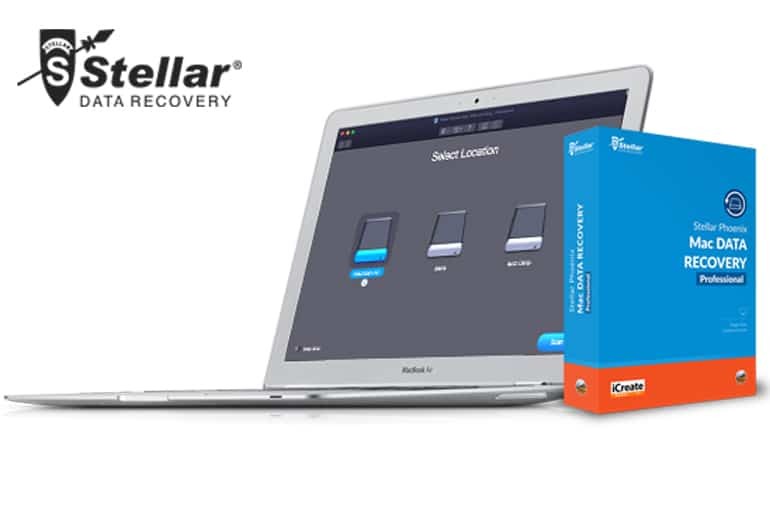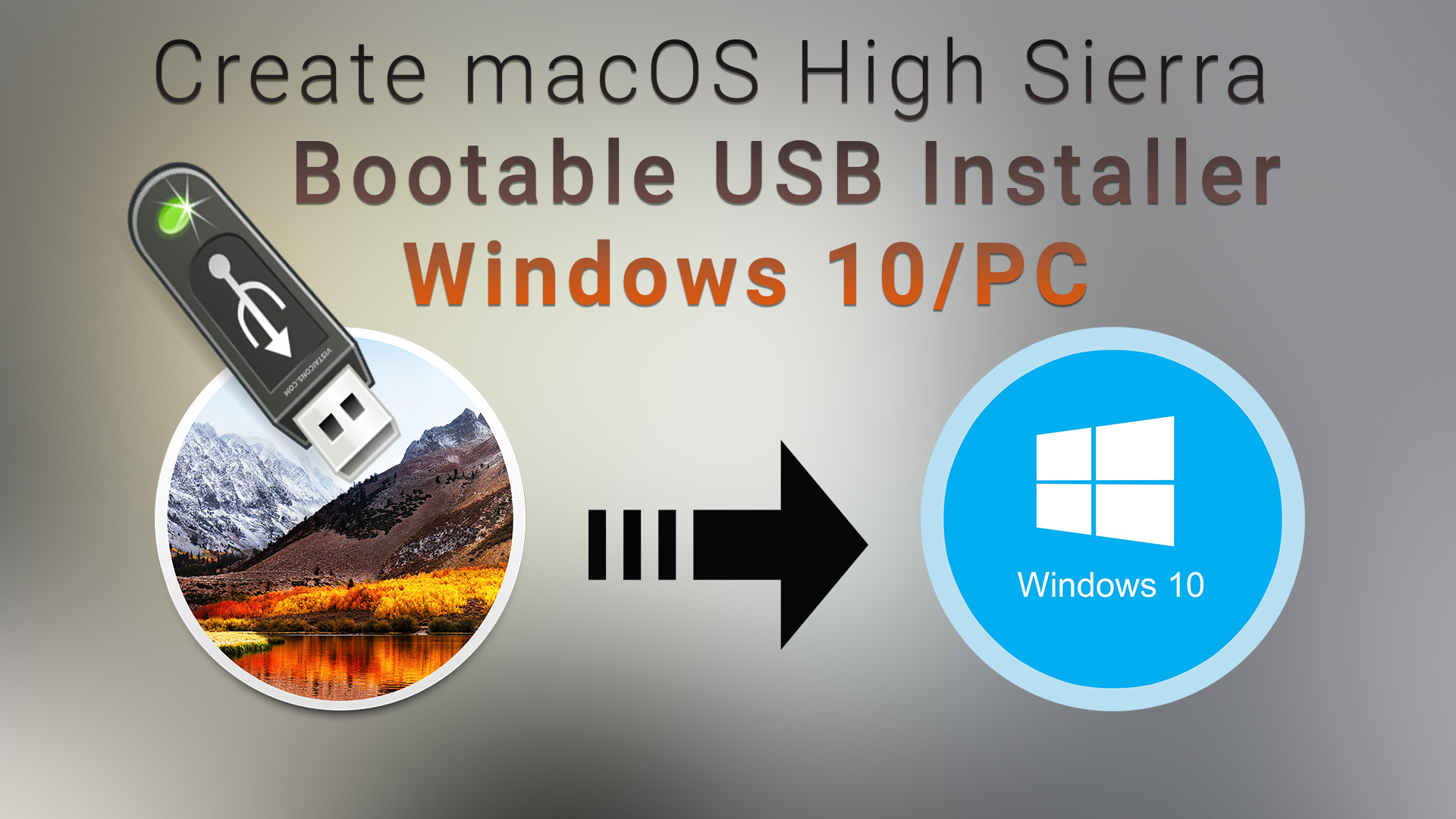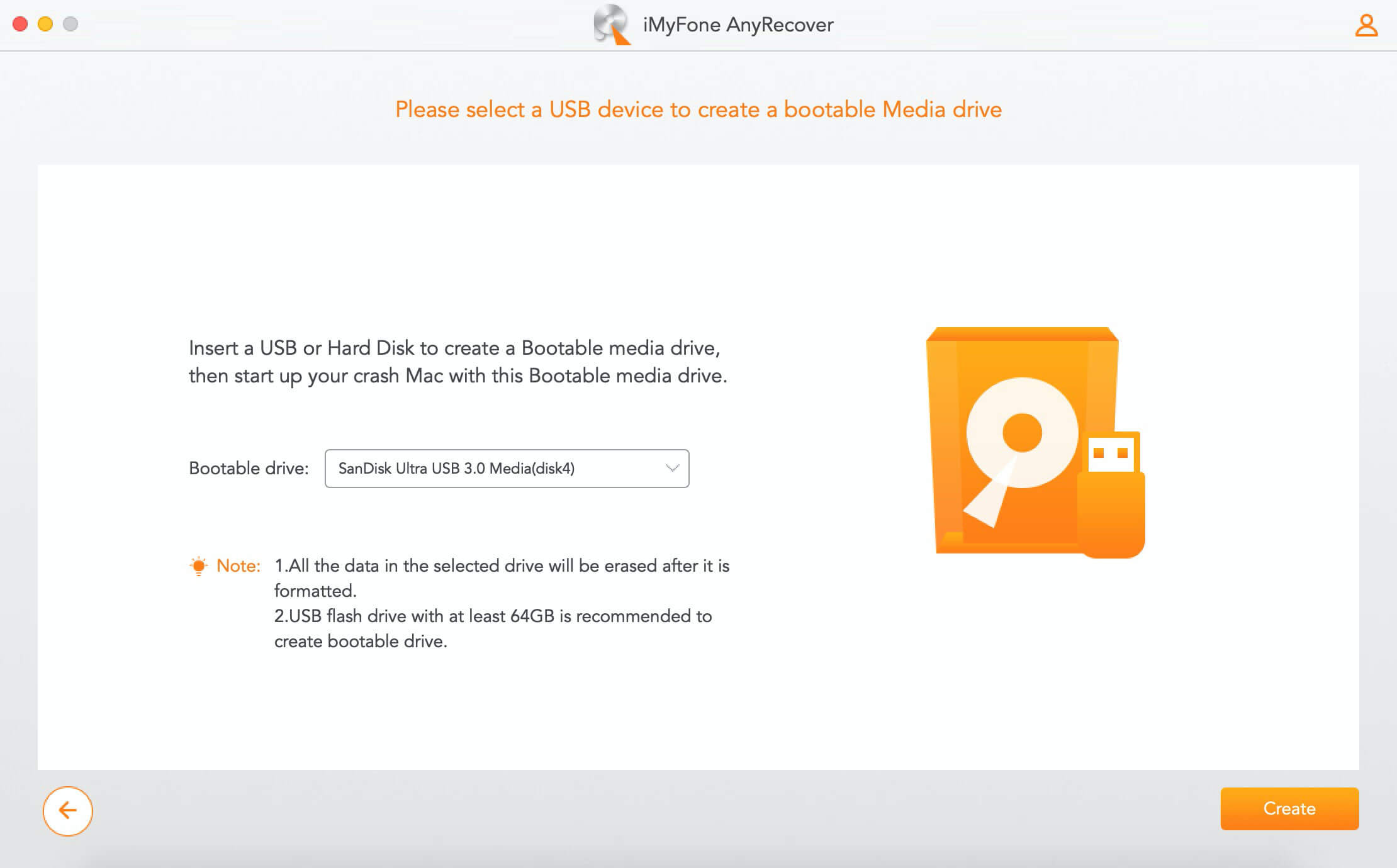
- BOOTABLE USB FOR MAC FILE RECOVERY MAC OS
- BOOTABLE USB FOR MAC FILE RECOVERY INSTALL
- BOOTABLE USB FOR MAC FILE RECOVERY WINDOWS 10
- BOOTABLE USB FOR MAC FILE RECOVERY ISO
- BOOTABLE USB FOR MAC FILE RECOVERY FREE
And can quickly complete tasks without any technical requirements.Hard drives usually begin dropping hints and clues that they are about to fail before they become completely unreadable.
BOOTABLE USB FOR MAC FILE RECOVERY ISO
UUbyte iSO Editor is a good choice for computer novices. The whole process won't take a long time.

BOOTABLE USB FOR MAC FILE RECOVERY INSTALL
Just download and install this software on your Mac and run it. Suppose you are not interested in the above software. Generally speaking, the task is OK completed in 15 minutes. iso file in UNetbottin and burn it to the USB flash drive. If you have installed Windows iSO files on your Mac, try UNetbottin, plug in the USB on Mac, and launch the Disk Utility option. But if you are a computer novice or are not know much about CMD, please find another way.

BOOTABLE USB FOR MAC FILE RECOVERY WINDOWS 10
If you are good at CMD, it is possible to use CMD to create Windows 10 bootable USB on a Mac in a virtual machine. How about the boot camp Assistant? Although it does not work sometimes, as a multi-boot creation utility, it can create a Windows 10 bootable USB on your Mac. The highlight of this software is that it can automatically process ISO files larger than 4GB. I also tried other alternative tools like SYSGeeker WonderISO, UNetbootin and UUByte ISO Editor, they're really great softwares and each has its own merit. PS: This method is a bit difficult and error-prone and is not recommended if you are a novice. Wimlib-imagex split /Volumes/CCCOMA_X64FRE_EN-US_DV9/sources/install.wim /Volumes/WIN10/sources/install.swm 4000 Finally enter the command this command to end the process: Rsync -avh -progress -exclude=sources/install.wim /Volumes/CCCOMA_X64FRE_EN-US_DV9/ /Volumes/WINDOWS10ĭon't forgot to install the Homebrew. Copy all files except install.wim to the USB drive by using the following command prompt. If it's more than 4 GB, you'll need to split the file. So, I've tried Terminal to create a bootable USB on macOS. The problem is that on MacOS that format restricts individual files from being larger than 4gb, and the install.wim file in the Windows 10 iso must be more than 4 G.Įtcher doens't seem to be able to process the ISO file larger than 4 GB. You will receive a warning message when trying to import Windows 10 ISO into the program and it recommends other tools instead for burning Windows ISO. P.s Balena Etcher does not support Windows OS. You can still use this app for creating bootable Windows USB on Catalina and Mojave as far as I know. However, this feature is removed from Boot Camp app on macOS Big Sur.
BOOTABLE USB FOR MAC FILE RECOVERY FREE
It is a built-in free app shipped with macOS by default. If you are using an old version of Windows 10 ISO, then Boot Camp Assistant can help you get this done easily. Here is a nice tutorial for creating bootable USB on Mac: Also, this app works on latest Big Sur and M1 Mac as just tested it on a M1 MacBook Air with macOS Big Sur 11.5. It automatically splits the large ISO file into small parts so the Windows installation files can be sit on a FAT32 partition, which is the only working file system supported by Mac for Windows install. If you are using a newer Windows 10 ISO (after version 201809), then UUByte ISO Editor is the best app for creating a bootable USB on Mac. I managed to create several bootable Windows 10 USBs on Mac (Mojave, Catalina and Big Sur) in recent years. I had to create a Windows partition on my hard drive and boot into that to make a functioning boot drive.

The ExFAT formatted drive with Windows ISO did not work as a bootable drive.

Will report back if I run into any issues. All this said, I have yet to actually use this drive to INSTALL Windows as I'm building the computer tomorrow. I just did this with a Sandisk 32GB drive and it worked perfectly. Select "ExFAT" in the format dropdown and confirmĪfter this process you are able to move larger files into your USB drive. Select drive you want to be the boot drive
BOOTABLE USB FOR MAC FILE RECOVERY MAC OS
Here are the steps! For reference I'm running Mac OS Monterey (v12.0.1) The easiest thing to do is just to reformat your drive to 'ExFat' using Disk Utility. Sorry if this is a breach of etiquette (commenting on an old thread!) You don't need to download any new software to do this, everything is already included in current Mac OS. In case anyone stumbles onto this thread I'm going to give what I believe to be the easiest solution to this problem.


 0 kommentar(er)
0 kommentar(er)
